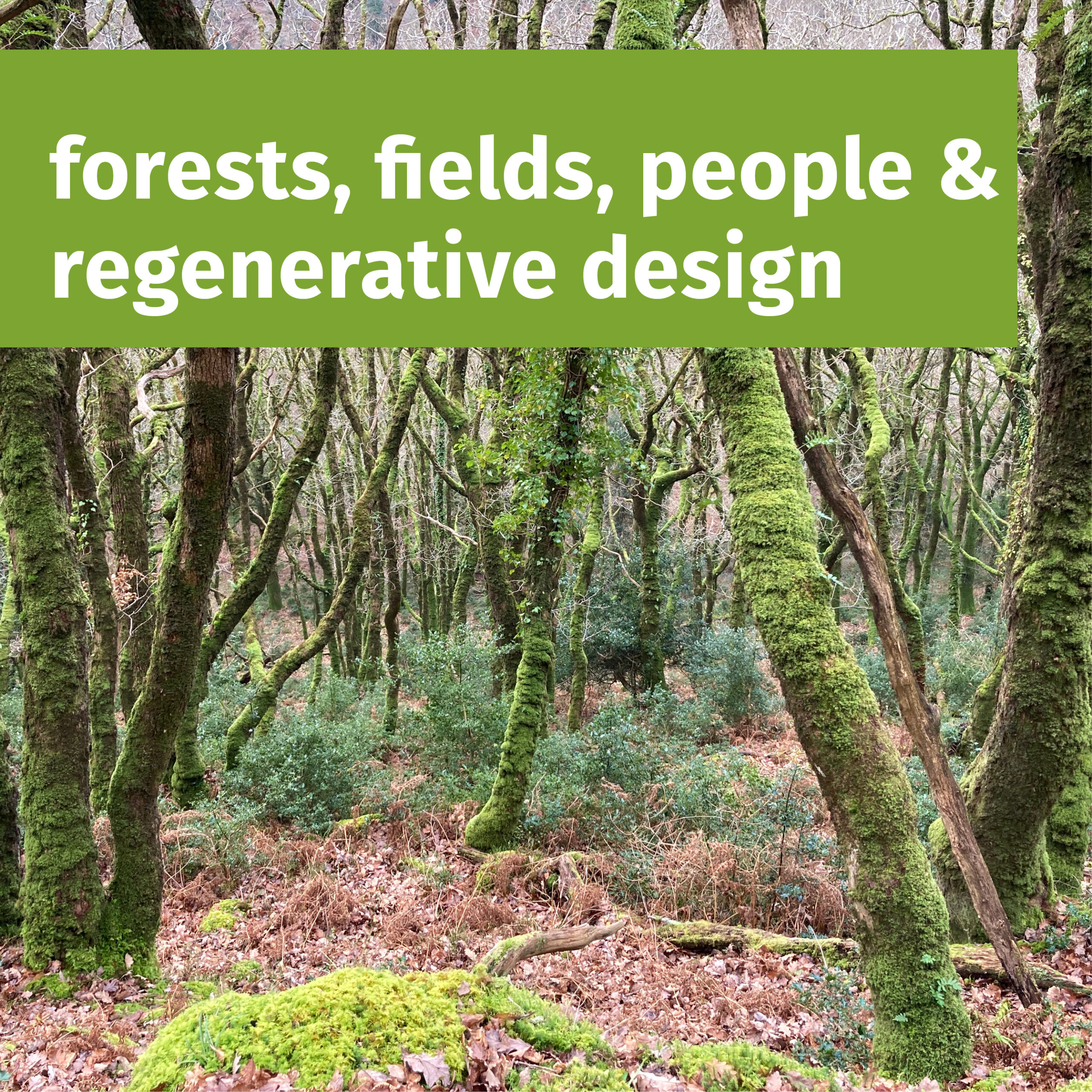
The Architects Declare policy advice for 2024 ‘Building Blocks’ (1.) highlights how we are not adapting our design practices and policies fast enough. We need to go beyond doing less harm to having positive regenerative impacts on the environment when we build. But how can construction be genuinely regenerative and how could this be made real – tangible or visible?
Many of the resources we use in construction have a significant impact on landscapes and communities as they are extracted. The UKGBC have set up a hub to share knowledge about sourcing of some key materials used in UK construction including iron ore, cement, timber, aluminium and aggregates. When choosing materials, they recommend using the following mitigation hierarchy:
- ‘prioritise best use of existing,
- prioritise reused materials,
- prioritise recycled/biobased materials,
- optimise design,
- specify regenerative or low-impact extraction
- and, finally, avoid materials.’
In relation to timber there is some good advice about regenerative sourcing. Sustainable Wood for Cities identifies eight pathways to sustainable sourcing, including – certification, social forestry, local and urban wood and higher value reuse. The IMPACTT research project’s aim is to link timber materials in buildings to the forest of origin. The project is investigating how a QR code situated on the building could bring additional information about the biodiversity and management of the forest source directly to the building user. Linking to through the PEFC certification system for sustainable forest-based products, to 280 million hectares of certified forests.
In a circular economy more demand for timber should lead to more planting of forests and better care and management of existing resources. Guy Shrubsole’s book and now campaign for the Lost Rainforests of Britain (2.) eloquently describes the potential for the restoration of Britain’s temperate rainforests that now only covers 18,870Ha. He describes the how a large scale multigenerational collaborative project could restore forest over less productive farmland (that could still be farmed in a different way) doubling the size of the rainforest. This vision of a significant restoration of the forested landscape of the Atlantic facing slopes of Britain is, he says, a project of solidarity with communities globally that we expect to take care of forests for our benefit.
Local authorities are looking at regional scale forest restoration to tackle the twin crises of climate change and biodiversity loss. The Somerset Tree Strategy, 2023 found that Somerset’s tree cover by area is below the national average at 8%. The aim is to increase this to 13% by planting 240Ha/year and at the same time to value and manage trees and woodlands better ‘through local supply chains and creating natural capital opportunities’. Buildings have a role in carbon stewardship and can lock in carbon emissions. But even a new home built to ambitious Leti carbon targets would generate about 60 tonnes of carbon up front and by end of life. On this basis Somerset’s 240Ha of new forest sequesters the emissions generated by only 100 homes/year (3.) This demonstrates how carbon offsetting is difficult to achieve at scale and should never be used as a substitute for minimising emission from construction. In addition, we should consider using plant based materials from annual growth crops as these are even better at storing carbon than timber.
A Material Cultures and Arup study Circular Biobased Construction in the North East and Yorkshire (4.) highlights the challenge of meeting net zero for the future construction of the regions homes if still pursuing conventional construction norms. Using predominantly biobased construction to build the whole house could lock in four times more carbon – potentially making homes carbon negative. Thinking about timber as a material taken from an ecosystem that we need to constantly regenerate is a useful paradigm for thinking about other resources. By planting more forests, using agricultural crops and by-products – carbon emissions from construction could be significantly reduced. By ensuring that resources are from well managed landscapes – environmental and economic benefit could be generated.
- Architects Declare (2023) Building Blocks to transform the built environment. Draft.
- Shrubsole, G. ((2022) The Lost Rainforests of Britain, William Collins, London.
- Butler, J. & Simmons, A (2023) Much Ado About Nothing, Is Zero Caron Construction Actually Possible? Passive House +, Issue 46 – In Europe and UK the average CO2 sequestration of forest is 3.2 tonnes CO2 per hectare/year.
- Material Cultures & ARUP (2021) Circular Biobased Construction in the North East and Yorkshire, York & North Yorkshire LEP, North East and Yorkshire Energy Hub
- Morris, S. More than 100,000 trees to be planted in Devon to boost Celtic rainforest, Guardian, 29-01-24
Photo: Horner Wood, Exmoor, Somerset
… … …